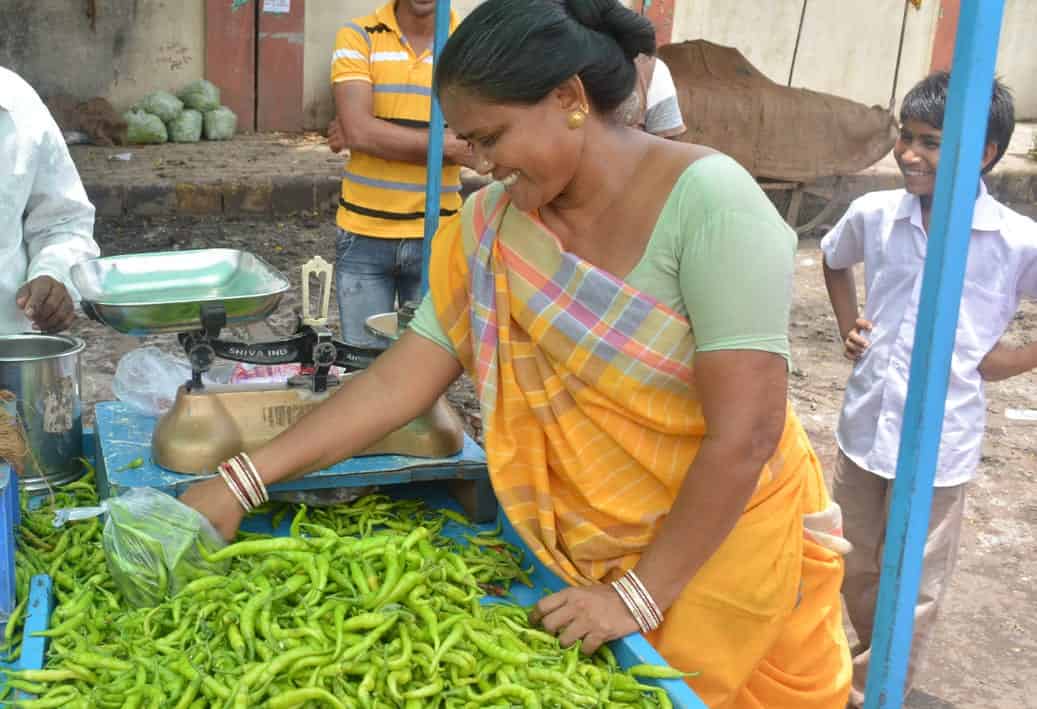[ad_1]
One in 4 of the world’s financially excluded girls are in India. Which means if establishments like Girls’s World Banking who’re within the enterprise of ladies’s monetary inclusion, targeted all our efforts in simply that one nation, we might be 1 / 4 of the way in which towards reaching our purpose.

Fortunately, the wind is behind our sails. The present authorities, below Prime Minister Narenda Modi launched Pradhan Mantri Jan Dhan Yojana (PMJDY), a large nationwide initiative to deliver all Indians entry to monetary companies. As well as, the federal government launched Aadhar, a biometric identification system that’s the world’s largest as of this writing. Identification is commonly one of many largest obstacles to exercising one’s rights (akin to the suitable to vote) and accessing fundamental companies (akin to receiving authorities companies or opening a checking account). Lack of ID is a matter disproportionately affecting girls, so Aadhar has the potential to speed up Indian girls’s inclusion within the financial system and society at giant.
Know-how is one significantly highly effective development in the suitable route. Lowered prices of cell phone expertise and the explosion of economic expertise firms (facilitated by the data and entry made accessible by Aadhar) are opening up new paths to deliver all girls in India, wealthy or poor, into the formal monetary sector. However there’s a large however.
Girls’s World Banking’s practically forty years expertise creating options for ladies’s monetary inclusion with our companions all over the world has proven that with out an express concentrate on together with girls, they will get left behind. Digital monetary companies specifically has proven that whereas it’s efficient in closing the monetary inclusion hole, it will probably truly widen the monetary inclusion gender hole. In response to our CEO, Mary Ellen Iskenderian:
Whereas account penetration elevated from 35% in 2011 to 53% in 2014 based on the World Financial institution’s World Findex, the monetary inclusion gender hole truly elevated from 17% to twenty% throughout that very same time interval. A lot of the rise in India’s total monetary inclusion was pushed by cell expertise; so relatively than serving as a quick observe to monetary inclusion for everyone, digital truly widened the divide between women and men.

Capitalizing on the great potential posed by all these constructive developments requires all stakeholders–authorities, non-public sector establishments, nonprofits–to grasp India’s girls, the challenges they face and the place probably the most potent areas for intervention are. With assist from S&P and Goldman Sachs, Girls’s World Banking deployed our market intelligence analysis method in India final yr to develop a profile of India’s low-income girls and to establish probably the most promising alternatives for reaching them with monetary companies. We created an infographic and downloadable brochure that provides our high-level findings of the circumstances low-income girls in India face in relation to monetary companies and accessing digital expertise, in addition to the alternatives and challenges private and non-private sector gamers want to deal with as a way to successfully serve this market and ensure they’re a part of the burgeoning digital financial system.
[ad_2]

